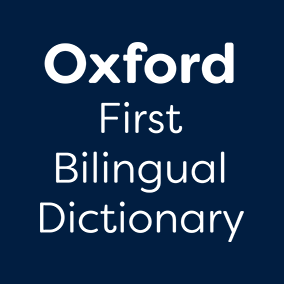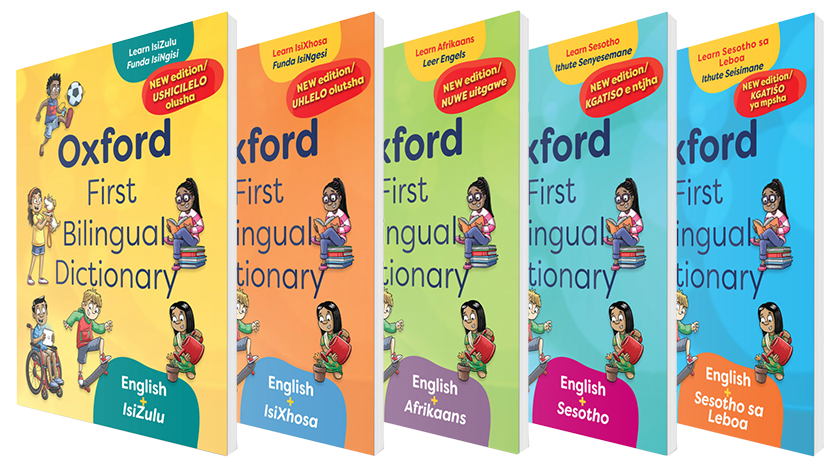 For optimal literacy and learning, young children should be taught in their mother tongue. At RASA2015 – the combined 9th Pan African Reading for All and the 10th Reading Association of South Africa conference – which took place in Cape Town last week, this statement is almost a truism.
For optimal literacy and learning, young children should be taught in their mother tongue. At RASA2015 – the combined 9th Pan African Reading for All and the 10th Reading Association of South Africa conference – which took place in Cape Town last week, this statement is almost a truism.
In spite of this, there are many stories emerging that indicate that the results of mother tongue teaching are not always as positive as educators would have hoped.
For Annette Islei, Secretary of Language in Africa at the British Association of Applied Linguistics, the problem – and the solution – lies in the teaching of the teachers.
“All over Africa in universities or training colleges, teachers are not learning or using their local languages,” she said. “In Uganda a statement often repeated is ‘our teachers are not creative’ and this is just not true.”
The Ugandan government recognised that mother tongue instruction in primary schools was important and in 2007 it rolled out a new thematic curriculum which allowed for a transition to English only in grade four. In spite of this, improvement in literacy results were limited.
“Those in charge of the curriculum said the teachers were not interpreting it correctly,” Islei said. “But we found that there was a very good reason that teachers were struggling to know what to teach in the Literacy hour. Even the teachers’ guides were written in English.”
With the support of District Education Officers and CPD tutors, Islei and her team conducted workshops with teachers in seven schools where syllabic methods and expertise were shared.
The breakthrough came when the teachers realised they could make their own teaching materials, based on a good basic understanding of how words are structured. The teachers also enjoyed working in collaboration with teacher-writers to create their own books.
“The teachers really do care, and when they are more confident about what they are teaching they are certainly very creative,” Islei said.
Islei believes that even when teaching English, lessons can be drawn from local languages. In particular, syllabics and phonics can be used to teach how English words should be pronounced.
“A teacher pointed out to me that English is confusing because so many words that sound the same are spelt differently. She gave the example of hut, hat and heart which would actually sound very different if they were clearly enunciated.”
The solution was to bridge English vowel sounds to vowel sounds in the vernacular, thereby improving both fluency and spelling.
In line with its commitment to education across Africa, in September 2015 Oxford University Press proudly sponsored the Pan African Reading for All and Reading Association of South Africa Literacy Conference. This article is part of a collection of insights from conference and reflections from delegates. To find out more about the event, go to www.rasa2015.co.za





